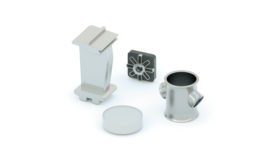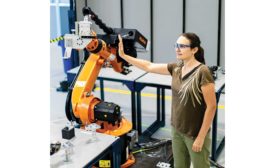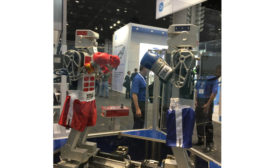Michelle Bangert
Michelle Bangert is the managing editor of Quality Magazine. She can be reached at [email protected]
ARTICLES
This may be the most important principle of quality management.
Read More
Improve 3D Printing with Metrology
Additive manufacturing needs comprehensive metrology solutions.
May 31, 2019
Additive Manufacturing & Quality
Be sure your additively manufactured parts meet quality requirements.
May 29, 2019
Vision Robotics Takes Off
Machine vision and robots continue to solve problems on the factory floor.
May 8, 2019
Drive Improvement with Data
Achieve greater insight into the operations and make decisions based on data.
May 1, 2019
The Principles of Quality Management
Learn more about these quality basics in order to improve your organization.
April 2, 2019
Better Quality with the Internet of Things
The connected factory meets quality.
April 2, 2019
Stay in the know with Quality’s comprehensive coverage of
the manufacturing and metrology industries.
eNewsletter | Website | eMagazine
JOIN TODAY!Copyright ©2024. All Rights Reserved BNP Media.
Design, CMS, Hosting & Web Development :: ePublishing










